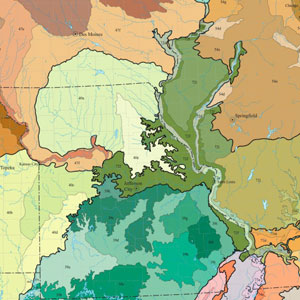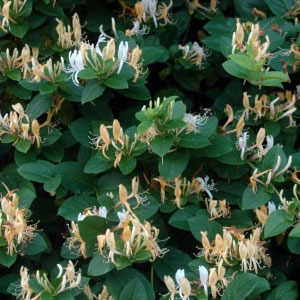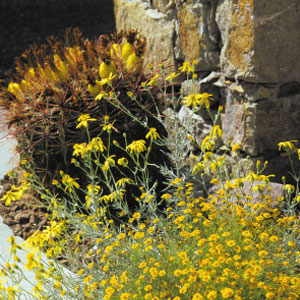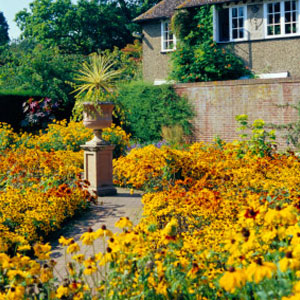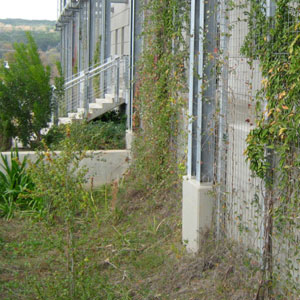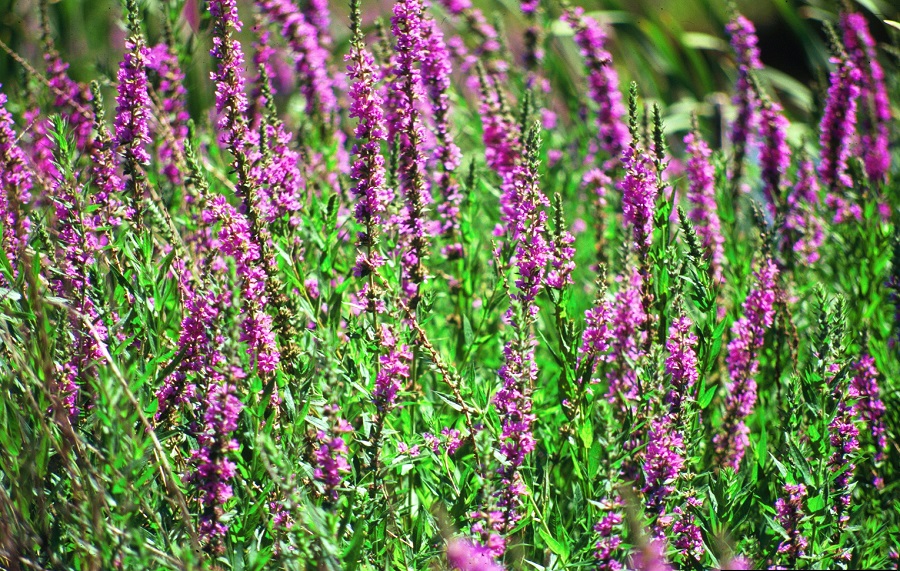
Purple loosestrife was introduced to the northeastern U.S. and Canada in the 1800s for ornamental and medicinal uses. Loosestrife now occurs in 48 states and has estimated damage costs of $45 million per year. Image credit: Steve Dewey
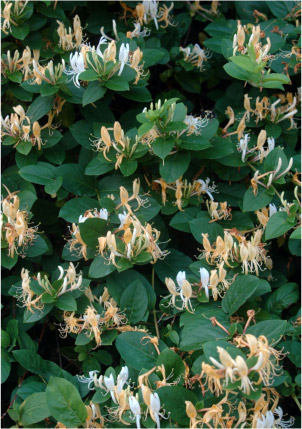
Japanese honeysuckle was introduced to the U.S. in the early 1800s and competes with native vegetation for light and nutrients; it has few natural enemies in North America. Image credit: Landscape For Life
Avoid Invasive Species
Plants and the many environmental and human health benefits they provide are key elements of a sustainable landscape. However, it is important to note that some plants can also cause significant economic and environmental damage.
An invasive species is a plant or animal that is not native to the ecosystem under consideration and whose introduction may cause economic or environmental harm or harm to human health. Studies have shown that at least half of the invasive plants in the United States were brought here for horticultural use. Invasive plants are often able to displace native vegetation when the natural conditions or checks and balances that exist in their native environment are not a part of the new ecosystem. Such plants are more likely to invade natural ecosystems that have been disturbed or are degraded.
If you grow plants native or adapted to your region, you help keep invasive species from spreading, preserve the region’s natural character, and protect the complex interrelationships between native plants and the insects, birds and myriad other creatures with which they have co-evolved.
Resources on invasive species in your region include the National Association of Invasive Plant Councils, USDA Natural Resources Conservation Services, Center for Plant Conservation, The Nature Conservancy and local state forestry association.

